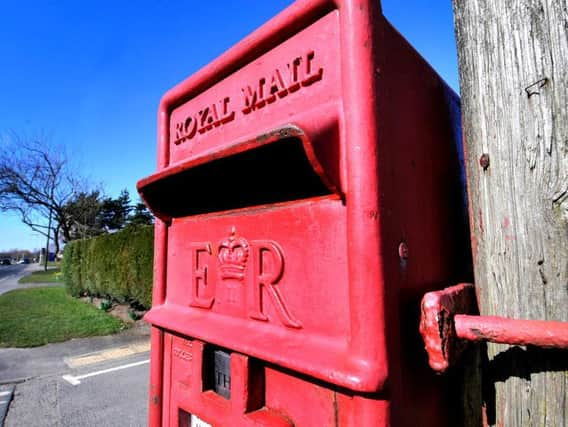Letter: Electric buses not yet viable solution


Electric buses are still far more expensive than their diesel equivalents, and there is also the cost of installing the necessary charging infrastructure at the bus operator’s depot and on some routes at another roadside location as well.
When they become necessary, replacement batteries are also very expensive.
Advertisement
Hide AdAdvertisement
Hide AdExperience with those electric buses currently available suggests that at least some are not so reliable, although this will no doubt improve as more development takes place.
In many cases electric buses have to be recharged during the day depending on the mileage operated by the bus and this can take up to eight minutes or so.
Especially if a bus is already running late due perhaps to traffic congestion, I am sure passengers would not be very pleased if they had to wait a further eight minutes while their bus is recharged.
At this stage electric buses are more suitable for routes such as Park and Ride which tend to be fairly short and relatively low mileage and at least have an off-road parking area at one end of the route where charging facilities can be installed and time taken to recharge when necessary, although the charging time can still be a problem.
Advertisement
Hide AdAdvertisement
Hide AdRecent research by the International Council of Clean Transportation has discovered that heavy duty vehicles such as diesel powered buses are far cleaner than cars with much smaller diesel engines.
Our new buses have been built to the very latest ‘Euro 6’ emission standards and are also expected to give better fuel consumption than the ones they replaced so less fuel burned also means even less harmful emissions.
The ‘Euro 1’ emission requirement was introduced in 1993 and the standard has been progressively tightened until we now have Euro 6.
The Euro 6 standard limits emissions per kilowatt hour to 0.4 grams of nitrous oxide compared to 8 grams on ‘pre-Euro’ buses so there really has been a very significant reduction in nitrous oxide particle emissions.
Advertisement
Hide AdAdvertisement
Hide AdWe will continue to monitor the situation and of course if and when electric – or indeed gas-powered - buses become an economic and viable proposition we will certainly consider them.
Peter Shipp,
chairman
and chief executive,
EYMS Group Ltd
Hornsea